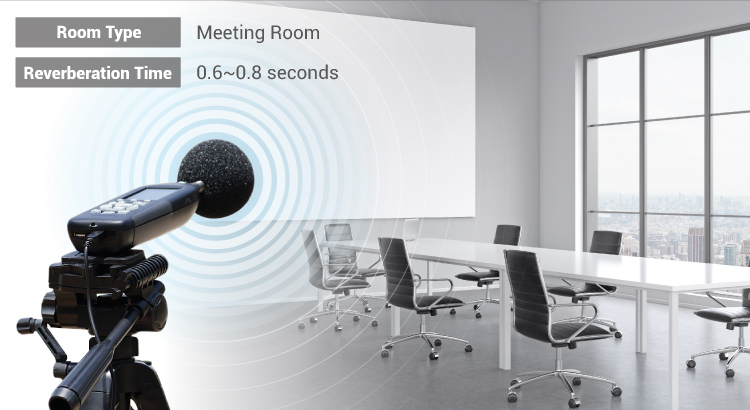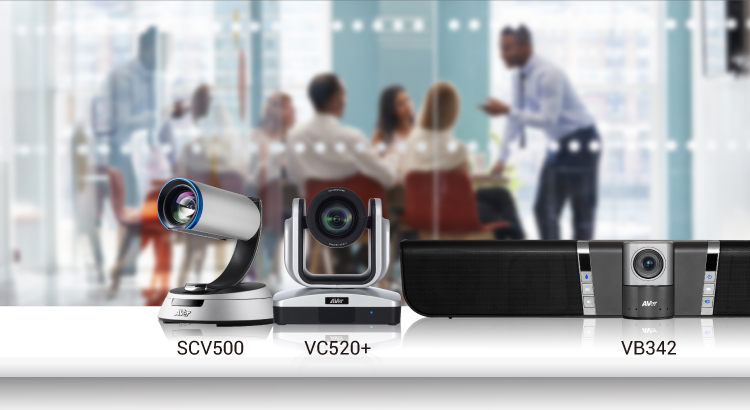The final chapter of our 5 Do’s for Creating Your Meeting Room is actually one of the first factors you should consider when planning your space. That factor is room acoustics.
Productivity takes a major hit when you stop a meeting to shush co-workers outside the room or repeat yourself over and over again because remote participants can't hear you. Fortunately, it's easy to identify the sources of your audio issues, implement solutions, and get your meetings back on track.
Bad Sound, Big Problems

Whether you’re having a face-to-face brainstorming session or a video conference call, ability to control the sound is of paramount importance. We've all experienced the frustration of bad acoustics that make you continually repeat yourself on a call or allow disrupting noise to leak in from outside your room. Such interruptions are potentially detrimental to workflow.
UC Irvine researcher Gloria Mark discussed the findings of her recent study on workplace interruptions in an interview with Fast Company. She said that “it takes an average of 23 minutes and 15 seconds to get back to the task” after an interruption occurs. That’s a shocking amount of time wasted, and it’s proof that you should be highly concerned with noise control for your meeting areas.
Another consideration is privacy. In addition to ensuring your environment is acoustically optimized, it’s necessary to be able to keep the sound generated in your meetings from leaving the safe confines of your space. You don’t want everything you say inside to be clearly discernable by people walking past the door or window.
Common Culprits

One of the main reasons for bad acoustics is too many hard, flat surfaces, both inside and outside your meeting room. If your space is dominated by hard floors, walls, and tables, excessive reverberation will make your pearls of business wisdom undecipherable on the other end of your call.
Even if you’ve curbed the reverb inside, you can’t always control the exterior. Cracks around the door can open you up to loud sounds bouncing off the hard surfaces in the rest of your office and bursting into your meeting to cause one of those focus-derailing interruptions. If your meeting room is adjacent to a busy street, you might have a cacophony of traffic and pedestrian sounds wafting through holes around your windows.
Some Solutions

You may be tempted to panic as you look around at the tile flooring and cement walls in your meeting room. However, there’s no need to stress out; even if your original building plans didn’t account for acoustics, there are many possible solutions.
Maybe all you need is a carpet and some cloth wall hangings to absorb the right amount of sound. If you’re dealing with loud external noise, you can invest in soundproof curtains and drywall. There are options like acoustic caulking and door sweeps for windows and doors, and if privacy is your main concern, sound masking with specially designed white-noise amplifiers could do the trick.
Acoustics experts at Resonics recommend a reverberation time (RT) of 0.6 to 0.8 for meeting rooms. You can use a sound-level meter to measure your current RT and start experimenting with curtains, carpeting, and acoustic foam, or you can consult with a professional to quickly get your sound right.
AVer Audio

No matter how well you’ve set up your room for sound, unexpected audio interruptions are always possible. Sometimes you can’t avoid noisy construction in and around your office. Perhaps the AC starts buzzing, but if you turn it off you’ll be covered in sweat while attempting to make a sale on a video call.
It’s important to always be ready for less-than-ideal acoustic conditions. That’s why AVer has developed many products with advanced audio-correction technology. The VB342 Video Soundbar, for example, features audio optimized for business meetings, with noise suppression that filters out superfluous environmental sounds. There are even four levels of noise reduction that allow users to customize the audio for their meeting room and adapt to changes. Many other AVer products offer advanced noise-control functions as well, including the VC520+ USB Conferencing Camera and the SVC500 On-Premise System.
Well, that wraps up the 5 Do’s for Creating Your Meeting Room. If you think we missed anything or if you have any questions, let us know on social media or by clicking the button below.